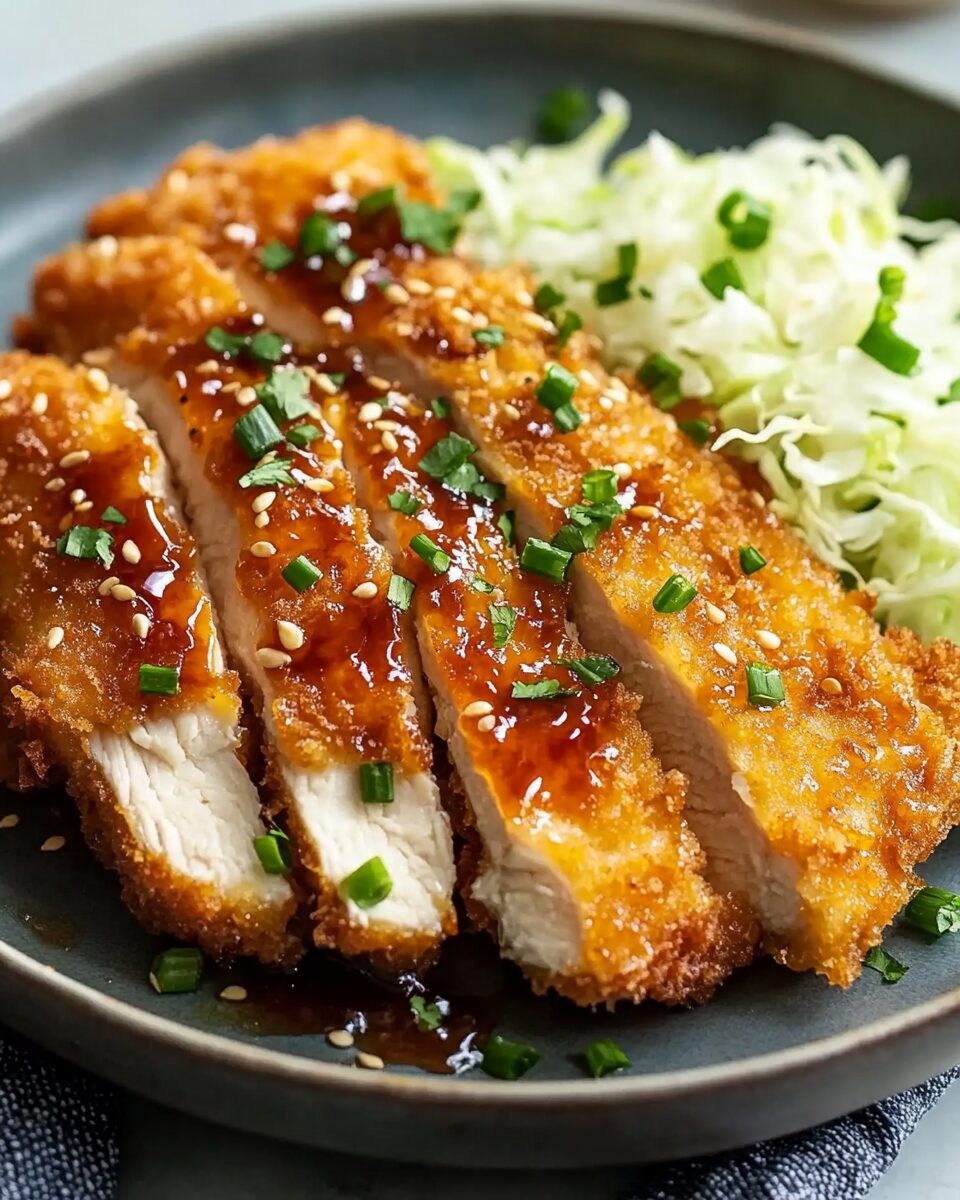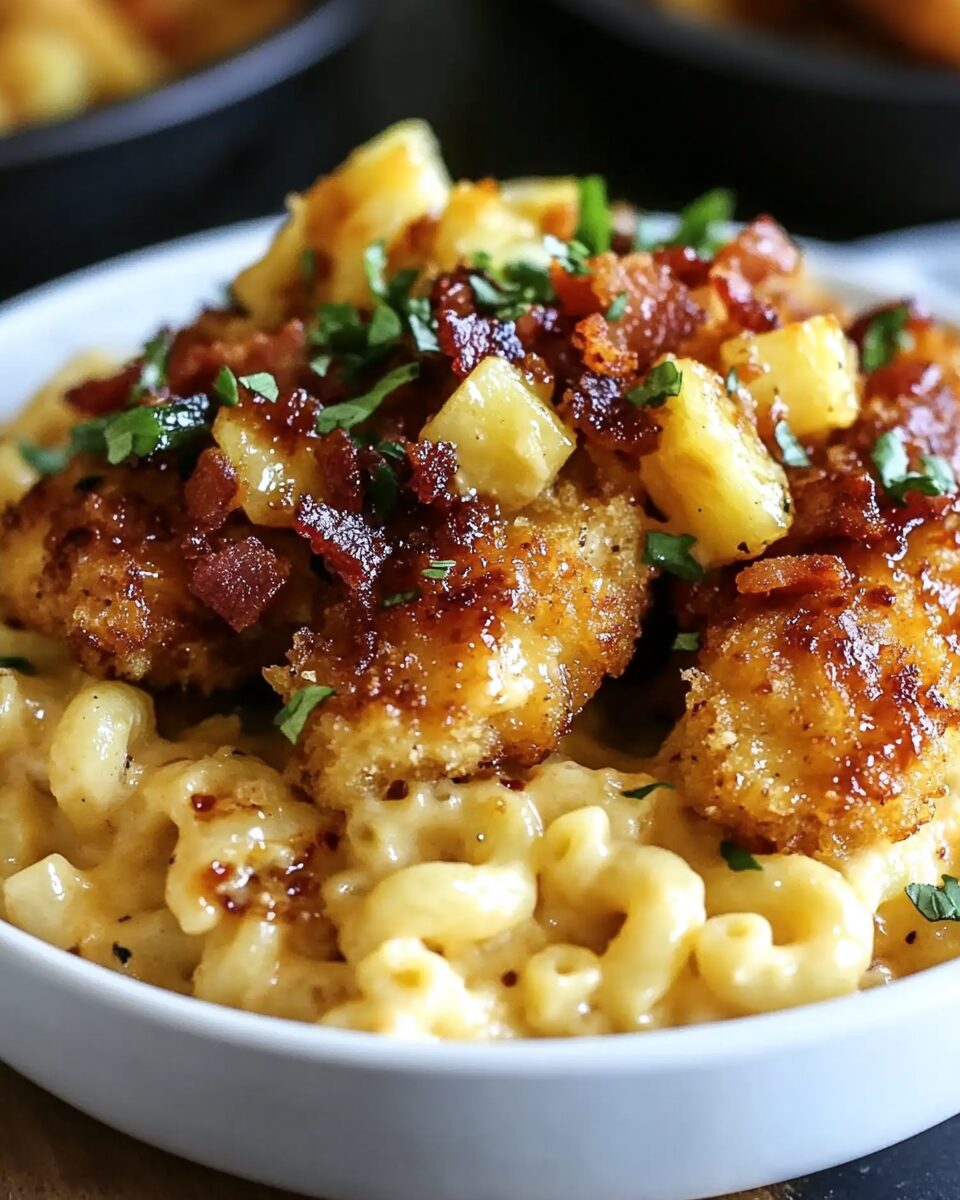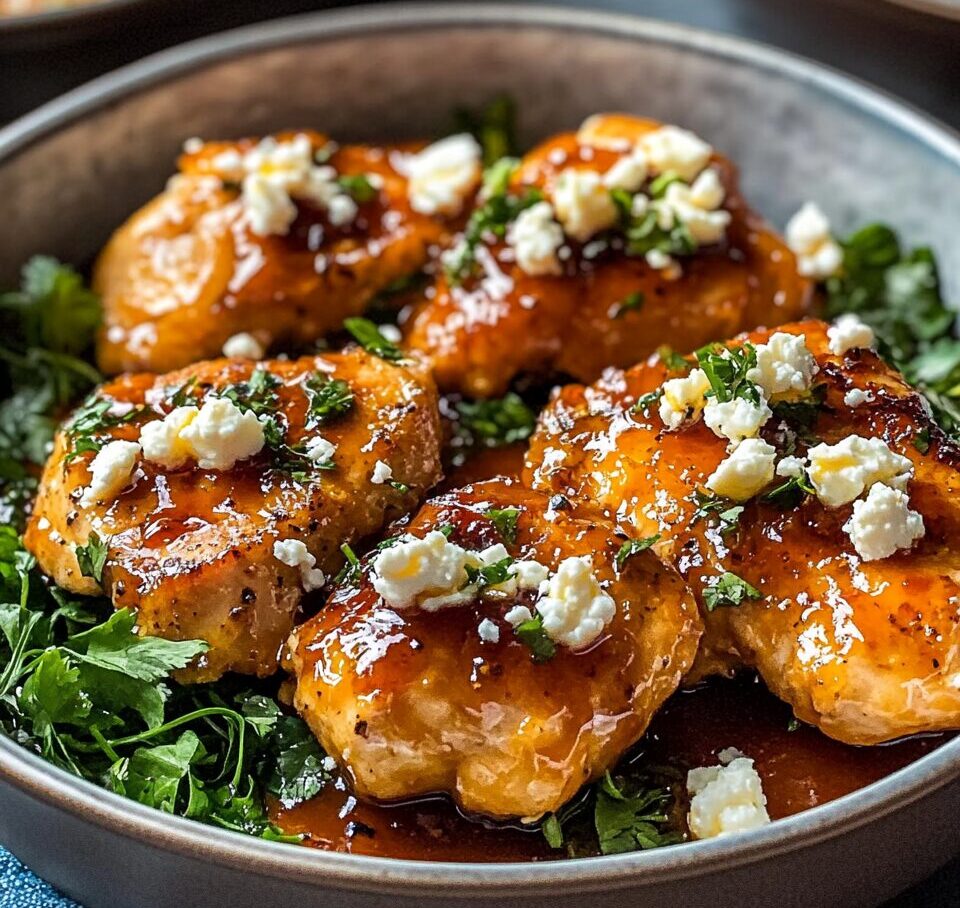Crispy Chicken Katsu is a beloved Japanese comfort food featuring juicy chicken breast coated in golden, crunchy panko breadcrumbs. Simple yet irresistibly satisfying, this dish pairs perfectly with fluffy white rice, shredded cabbage, and a generous drizzle of sweet and tangy tonkatsu sauce. Whether pan-fried or baked, Chicken Katsu is a quick and easy way to bring delicious Japanese flavors to your table—ideal for lunch, dinner, or next-day leftovers in a sandwich!
Full Recipe:
Ingredients
-
2 boneless, skinless chicken breasts
-
Salt and pepper, to taste
-
½ cup all-purpose flour
-
2 large eggs, beaten
-
1 cup panko breadcrumbs
-
Vegetable oil (for frying)
-
2 cups cooked white rice
-
1 cup shredded cabbage (green or purple)
-
Tonkatsu sauce (for serving)
-
Sesame seeds (for garnish)
Directions
Step 1: Prepare the Chicken
-
Pound chicken breasts to an even ½-inch thickness between two sheets of plastic wrap.
-
Season both sides with salt and pepper.
Step 2: Bread the Chicken
-
Set up three shallow bowls: one for flour, one for beaten eggs, and one for panko breadcrumbs.
-
Dredge each chicken breast in flour, dip in eggs, and coat with panko, pressing gently to adhere.
Step 3: Fry the Chicken
-
Heat about ½ inch of vegetable oil in a skillet over medium-high heat.
-
Once hot, fry chicken for 4–5 minutes per side, or until golden brown and cooked through.
-
Transfer to a paper towel-lined plate to drain excess oil.
Step 4: Serve
-
Slice the chicken into strips.
-
Plate with white rice and shredded cabbage.
-
Drizzle with tonkatsu sauce and sprinkle with sesame seeds.
-
Enjoy warm!
Nutrients (approximate per serving – yields 2–4 servings)
-
Calories: ~500–600 kcal
-
Protein: ~35g
-
Fat: ~20g
-
Carbohydrates: ~45g
-
Fiber: ~2g
-
Sodium: ~800mg








